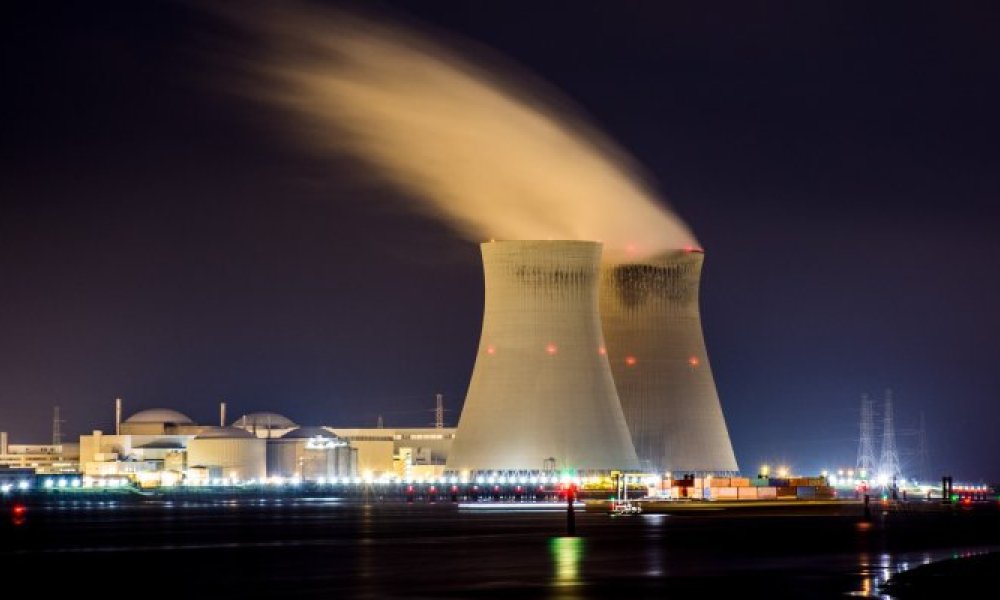EU Taxonomy With Gas and Nuclear
Natural gas and nuclear power may be labelled as green business activities in the EU Taxonomy on Sustainable Finance. The European Commission sent EU member states a draft of the taxonomy including gas and nuclear on New Year's Eve, on the grounds of gas and nuclear powers' role as enablers for a green power transition. Combustion of gas emits around half the CO2 as coal, while nuclear power has CO2 emissions in line with renewables like wind but creates nuclear waste . The EU Taxonomy draft labels nuclear power plants as green investments if there is a plan, funds and a site to store radioactive waste safely. Natural gas power plants could also be labelled green if they meet a strict emission threshold (below 270 g CO2 per kWh), replace a more polluting fossil fuel plant, and plan to switch to low-carbon gases by the end of 2035 .
While countries like Austria, Luxemburg and Denmark have opposed the inclusion of gas and nuclear, France has advocated for nuclear and Germany for natural gas. Germany has also strongly opposed nuclear, to the extent that it closed three of its six remaining nuclear power plants on the last day of December 2021 and will phase out the rest in 2022. The decision to shut down all nuclear power in Germany was originally set in 2002, and accelerated in 2011 after the Fukushima nuclear accident in Japan . Opposing views on the "Do No Significant Harm" to humans or the environment seems to be the core of the different stands on which power sources should be labelled “green”.
While the regulation itself around the EU Taxonomy has been approved, the final details have not. Within the area of climate protection and climate change adaptation, the EU Taxonomy rules will apply from 2022, with implementation for other areas following in 2023.
From NIMBY to BANANA
A stark phenomenon has already colored the start of 2022: The want for cheap and accessible power and electricity, but strong resistance to the infrastructure that delivers it. The NIMBY (Not in My Backyard) effect refers to the opposition to building infrastructure projects like power plants, grid, wind turbines or pipelines near neighborhoods or industrial sites . 2022 could be the year for the BANANA – Build Absolutely Nothing Anywhere Near Anyone (or Anything) – view to take over. There are strong diverging interests linked to the need for green, but intermittent renewable energy that needs to be balanced by a stable baseload of energy, without any visible infrastructure. It seems like a "catch-22" contradiction that summarizes the BANANA paradox. To counter the BANANA effect, new projects simply need to be built cleverly, in close collaboration with neighbors. Virtuous circles can be accomplished when positive crossovers to smart buildings, rooftop solar and green, accessible spaces are better integrated in urban planning. To get a green transition, it is necessary to build something somewhere, near someone (or something). Just be smart about it.




